Castor Oil: Fatty Acid Profiling and Cosmeceutical Uses
Introduction
Castor oil is a vegetable oil obtained by pressing the seeds of the castor oil plant (Ricinus communis). This oil is a colorless to very pale yellow liquid with a distinct taste and odor. Its boiling point is 313 °C (595 °F) and its density is 961 kg/m3. It is a triglyceride in which approximately 90 percent of fatty acid chains are ricinoleates. Oleate and linoleates are the other significant components.
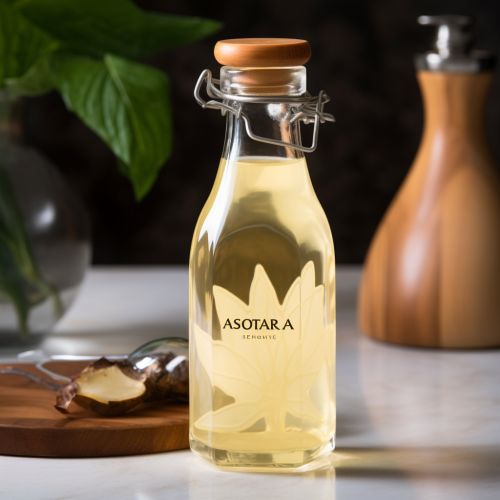
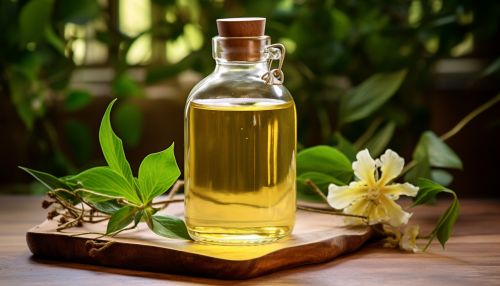
Fatty Acid Profiling
Castor oil is rich in fatty acids, particularly ricinoleic acid. Ricinoleic acid, a monounsaturated, 18-carbon fatty acid, makes up about 85% to 95% of castor oil's fatty acid composition. Other fatty acids present in smaller quantities include oleic acid, linoleic acid, stearic acid, and palmitic acid.
Ricinoleic Acid
Ricinoleic acid is a monounsaturated fatty acid that is unique to castor oil. It is produced by the hydrolysis of the oil's triglycerides. Ricinoleic acid is known for its anti-inflammatory properties, which can be attributed to its unique hydroxyl functional group. This group allows for the formation of hydrogen bonds, contributing to the oil's high viscosity and polarity.
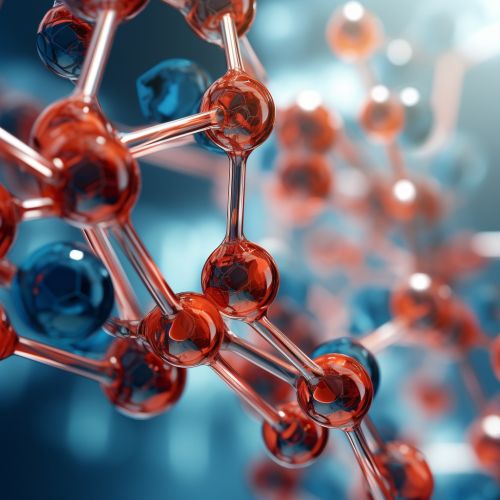
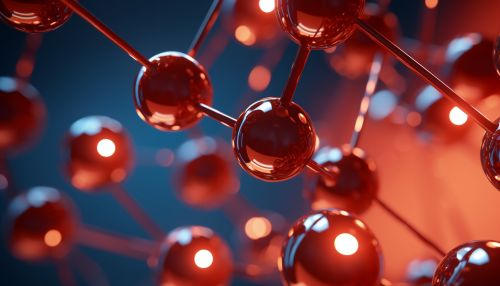
Other Fatty Acids
In addition to ricinoleic acid, castor oil contains smaller amounts of other fatty acids. These include oleic acid, a monounsaturated omega-9 fatty acid that makes up about 2% to 6% of the oil's composition. Linoleic acid, a polyunsaturated omega-6 fatty acid, is present in quantities of less than 1%. Stearic acid, a saturated fatty acid, and palmitic acid, another saturated fatty acid, each make up less than 1% of the oil's composition.
Cosmeceutical Uses
Castor oil's unique fatty acid profile gives it several cosmeceutical uses. The term "cosmeceutical" refers to a product that has both cosmetic and therapeutic (medical or drug-like) benefits.
Skin Care
Castor oil is often used in skin care products due to its emollient properties. It can help to moisturize the skin, making it a common ingredient in lotions, creams, and other moisturizers. The oil's high ricinoleic acid content can also help to reduce inflammation, making it beneficial for treating skin conditions like dermatitis.
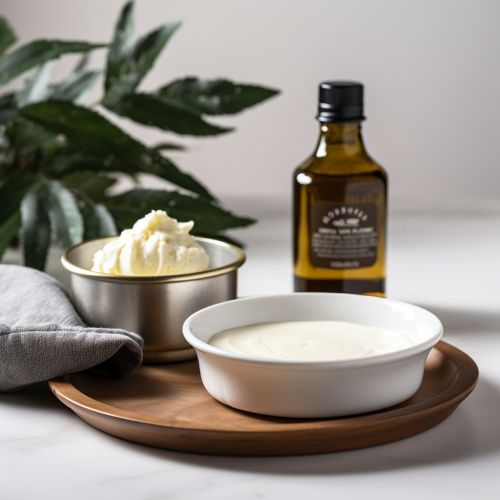

Hair Care
In hair care, castor oil is often used as a conditioning agent. It can help to moisturize the hair and scalp, reducing dryness and flaking. Some people also use castor oil to promote hair growth, although scientific evidence to support this use is limited.
Wound Healing
Some studies suggest that castor oil may have wound healing properties. This is likely due to the oil's high ricinoleic acid content, which can help to reduce inflammation and promote the growth of healthy tissue.
